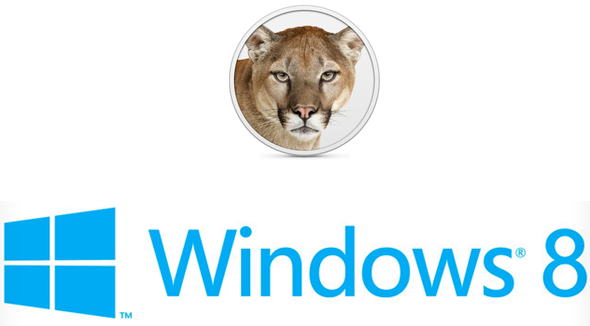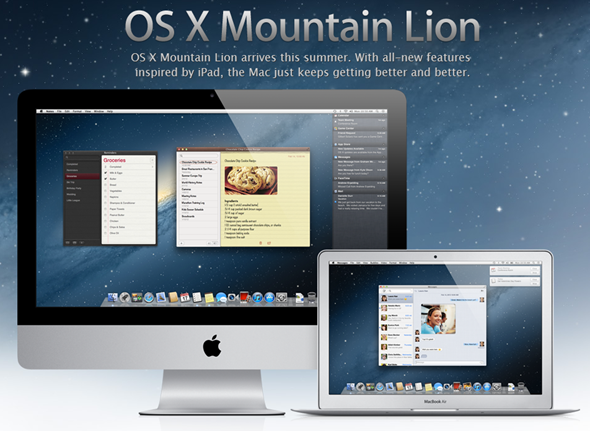We’re only three months into the year, but I can already tell that it’s going to be exciting. And, contrary to what many PC hardware manufacturers wish to assert, this is not because of some gimmicky new PC form factor that nobody will care about in a few months; rather, it is because two of the major players in the tech space, Microsoft and Apple, are each doing awesome and unique things this year as far as their entire product ecosystems are concerned.

Microsoft’s bold “one Windows” strategy — As we know, Microsoft has been making some major product changes and shifts in strategy as of late. Windows Phone at its conception was already a major change from its predecessor, Windows Mobile. And this year, Microsoft are expected to release the major Windows Phone 8 ‘Apollo’ update, which will be based on the NT kernel, just like its desktop counterpart (i.e “one Windows”). Not only this, but Windows Phone 8 apps will be built using the same technologies as they are on Windows 8, making cross-platform ports far easier (though current apps are rumored to work just fine). To wrap up this tidbit about Windows Phone, as we recently covered, a slew of additional new features are also expected with the Apollo update, such as multi-core support, additional screen resolutions and form factors, NFC support, and a bunch of additional software-side improvements.

Also set to touch down later this year is Windows 8. With Metro deeply-rooted in the user experience, Windows 8 sports some of the largest changes to Windows – in terms of usability, at least – since Windows 95. The Start menu has been replaced with a “Start screen” of tiles, the Charms bar is used to get around the OS, and app previews along with Charms are used to really navigate throughout the OS, including through the new full-screen, touch-optimized Metro apps (that’s right, Metro). Microsoft is betting on Windows 8 to get its foot in the door of the tablet market, and, because of this, much of the UI is touch-friendly. This has been the subject of much debate in the world of tech; is it a bad user experience decision to consolidate essentially two UIs in one? Should Microsoft have taken Apple’s approach, which I’m about to briefly touch on? Before I wrap up here, it’s worth noting that Microsoft’s other products, such as Windows Live (especially SkyDrive) will also play a big part in their upcoming ecosystem.
Apple’s gradual introduction of iOS-inspired functionality to OS X — When the iPhone was released in 2007, Apple had already taken a bold move which reshaped the entire mobile phone industry. With that in mind, what they’re doing this year with Mountain Lion is far less bold than what Microsoft is doing with Windows 8. Rather, it is a far more calculated move; Apple are carefully introducing more and more features (and apps) that we’ve come to know and love in iOS – which is a very successful mobile operating system – to Mountain Lion. They’re not necessarily gunning for a “one OS fits all” approach like Microsoft; rather, there’s a careful cross-pollination in place, in which they’re bringing the two OSes closer together, with a respectable distance maintained in the process.

As the year comes to an end, it will definitely be interesting to see how consumers take to these new products when they hit the shelves.
For discussion on this topic: Check out the threads on Facebook or Google+.
You can follow us on Twitter, add us to your circle on Google+ or like our Facebook page to keep yourself updated on all the latest from Microsoft, Google, Apple and the web.

